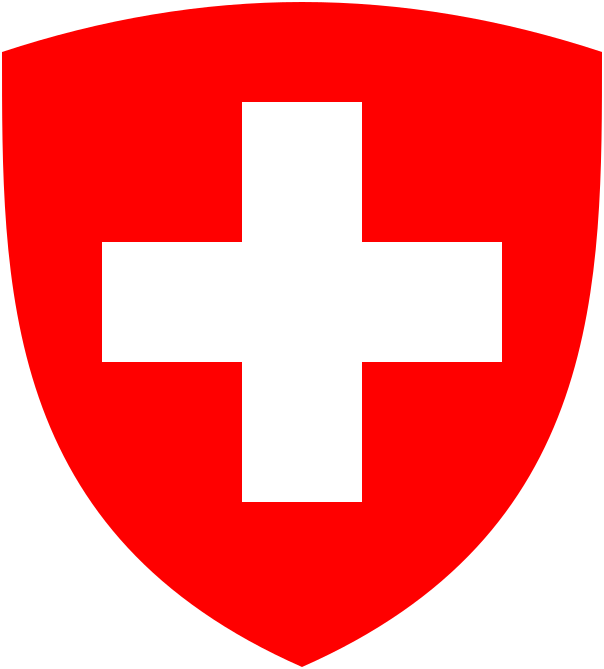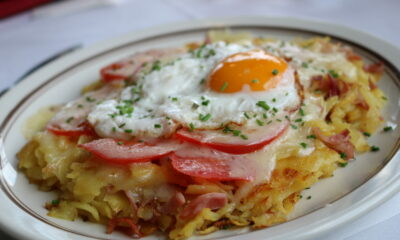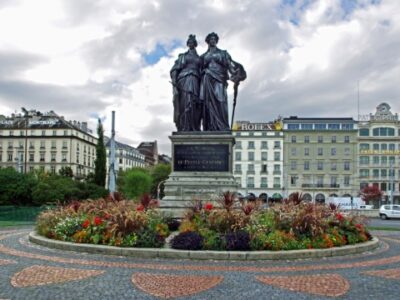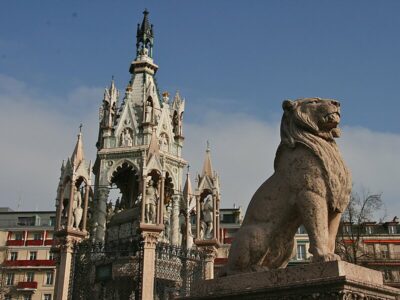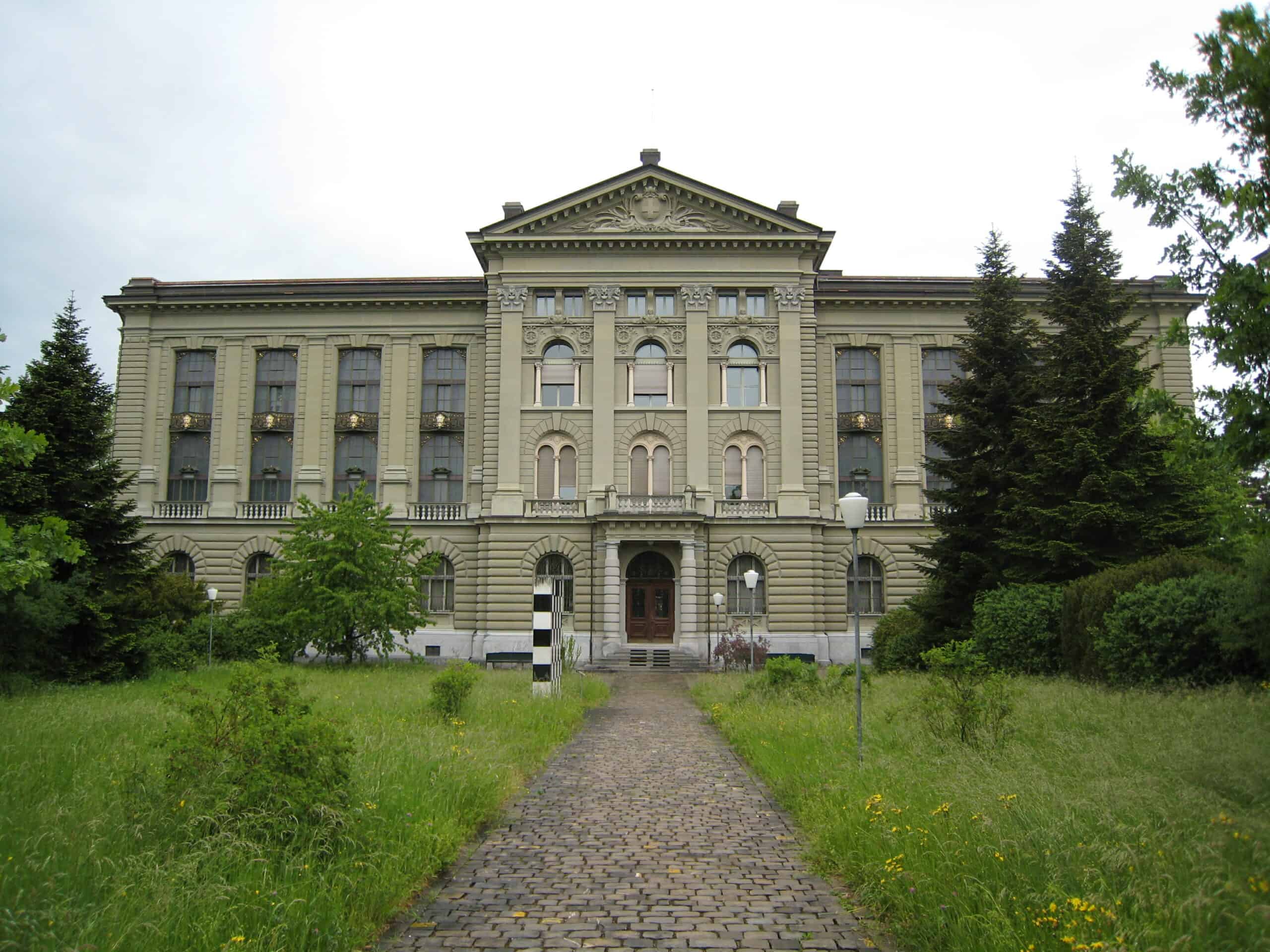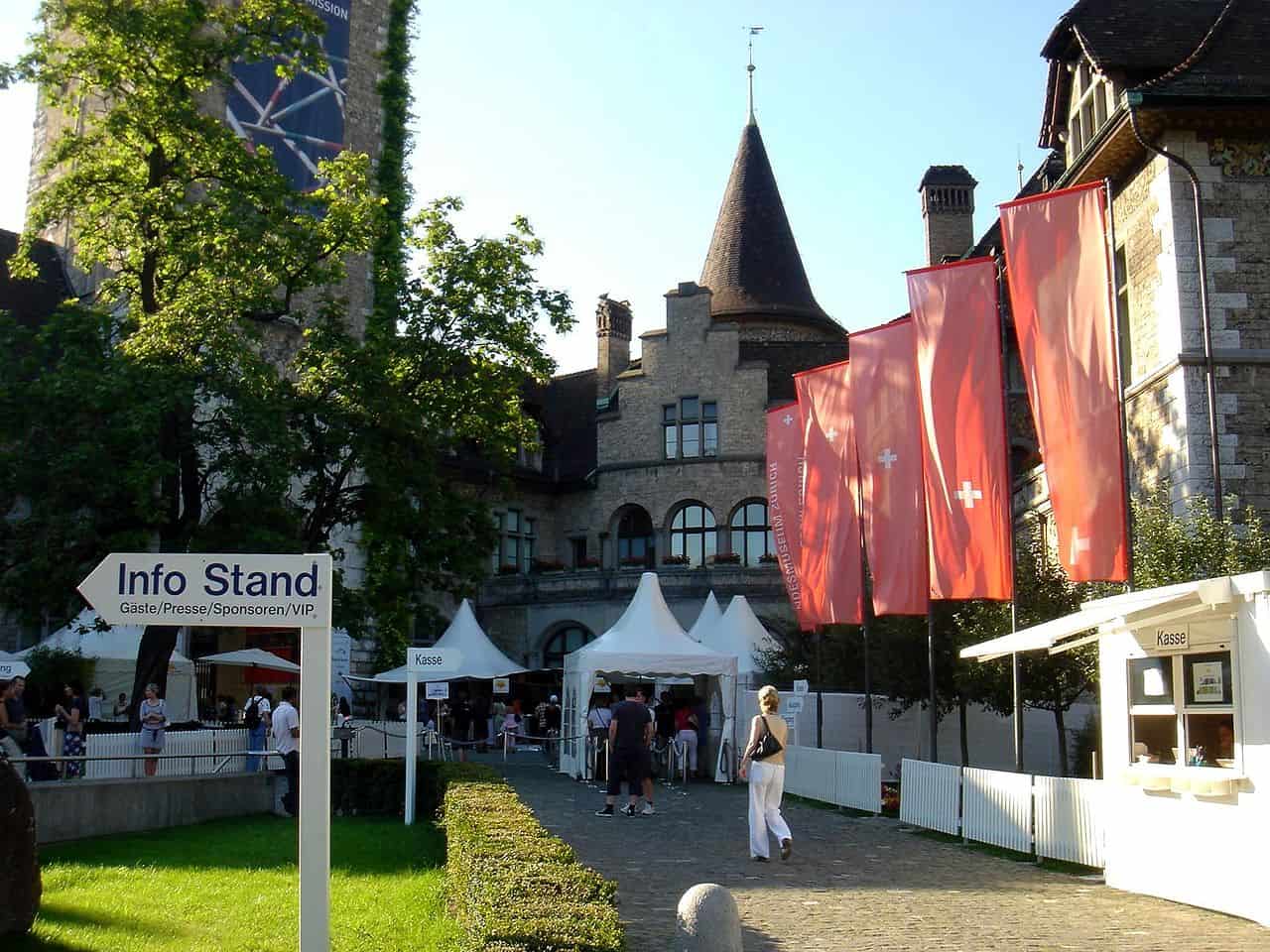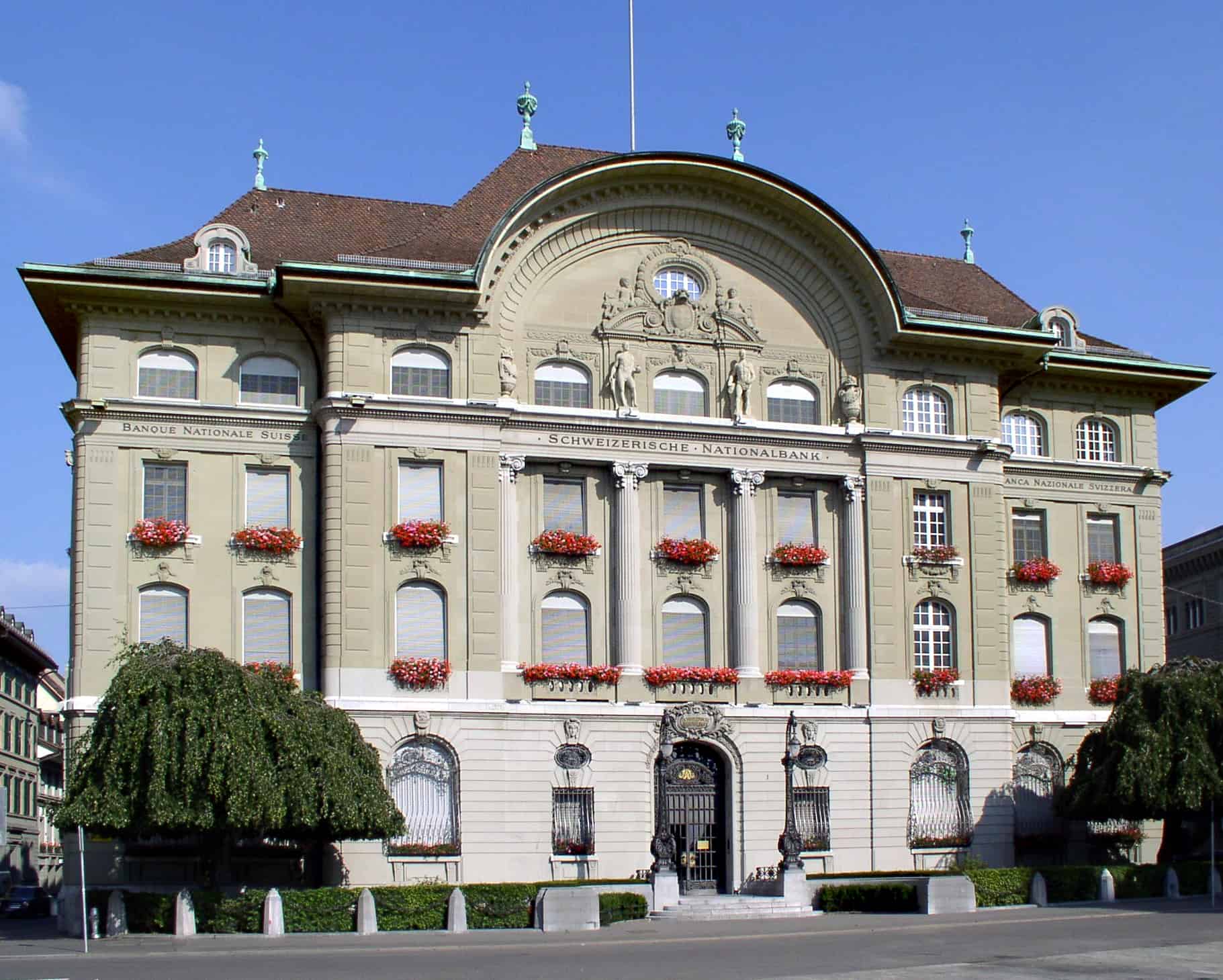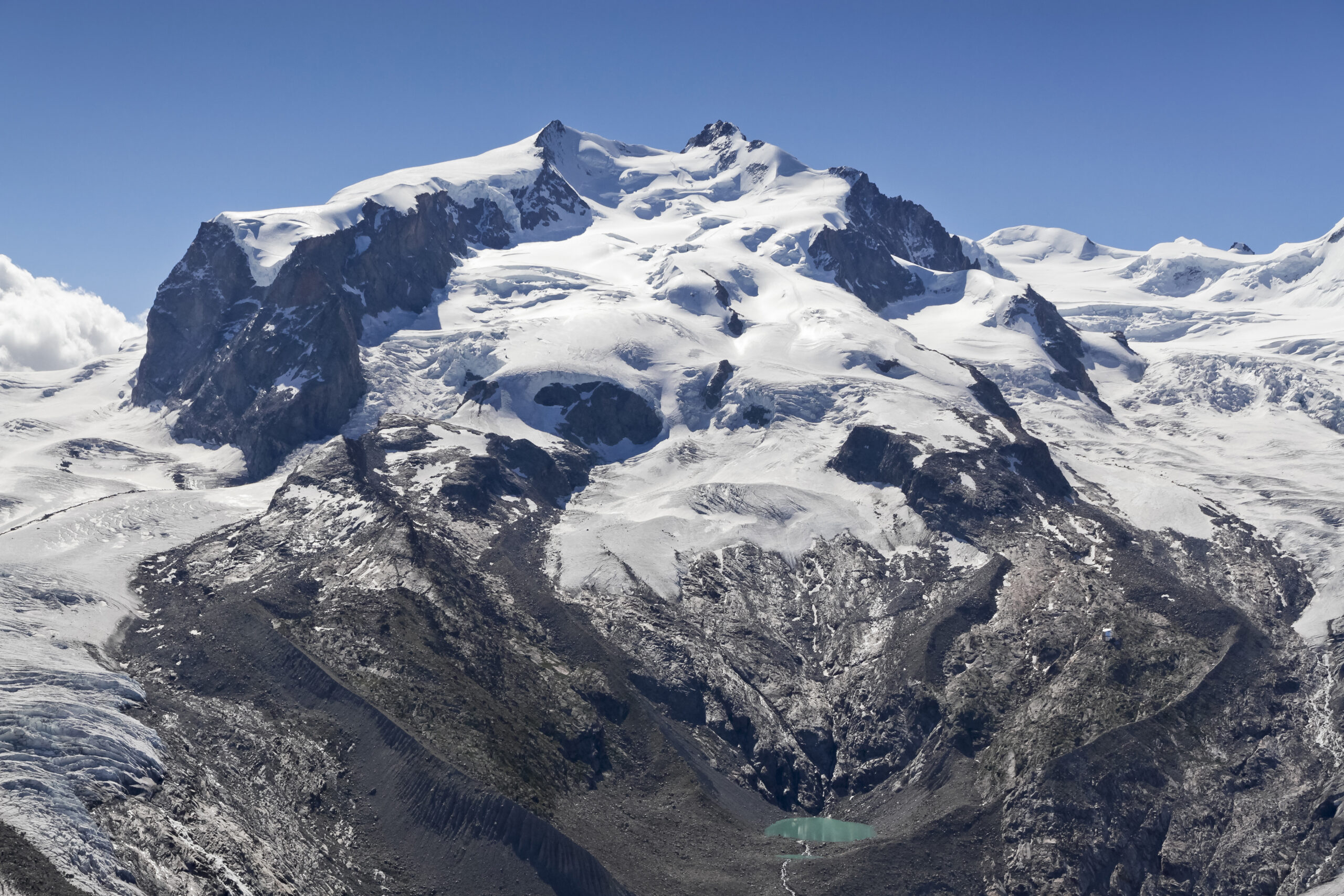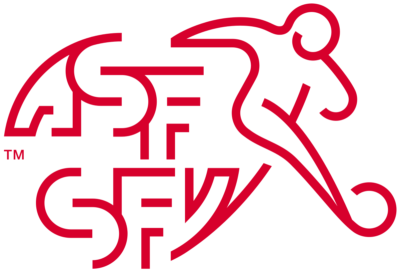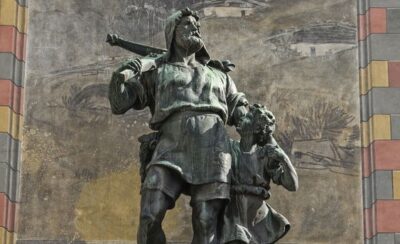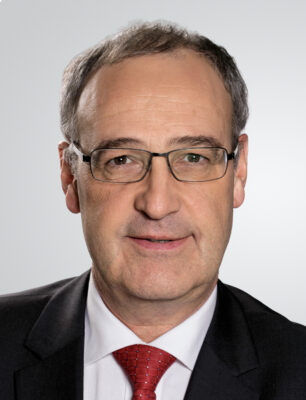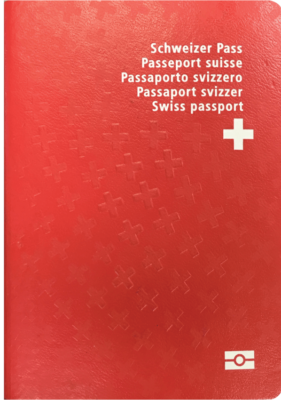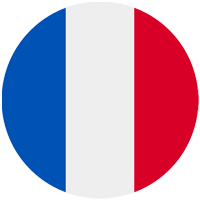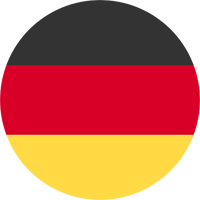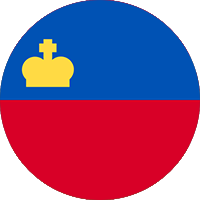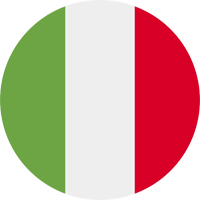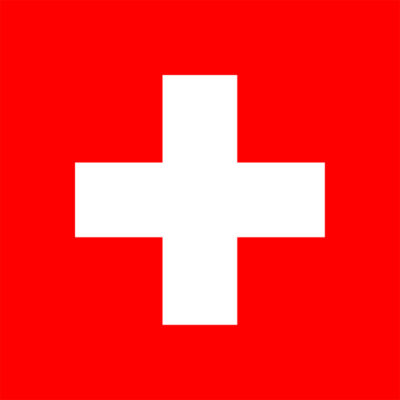National Symbols of Switzerland
Last updated on May 8th, 2023 by Editorial Staff
Table Of Contents
Reviewed by Rittika
Switzerland is a landlocked country in Europe. The official name of Switzerland is the Swiss Confederation. It shares borders with 5 countries: France, Germany, Austria, Liechtenstein, and Italy. The people of Switzerland are called Swiss. The country is situated in Central Europe, east of France, and north of Italy.
Etymology discusses where a term is considered to have originated from and how its meaning has changed over time. Etymology has been a factor in the naming of countries all across the world, and Switzerland has also been influenced. The etymology of Switzerland can be defined as; The English name Switzerland is a compound containing Switzer, an obsolete term for a Swiss person used during the 16th to 19th centuries.
Swiss International Air Lines is the national airline of Switzerland. The national colors of the country are red and white. The emoji flag of the country is ????????, and the ISO code is CHE.
Switzerland is known for its luxury branded watches and famous chocolates. The national dish of Switzerland is Rösti. Absinthe, in addition to being a traditional beverage, is one of the country’s national drinks. The national instrument of Switzerland is Alphorn.
The country has the time zone UTC+1 (CET) followed by dd/mm/yyyy as the standard date format.
Switzerland is divided into 26 cantons and 137 districts. Zürich is Switzerland’s largest city, while Bern serves as the capital.
The literacy rate in Switzerland is 99%.
The country’s total area is 41,285 km² (15,940 sq mi), and the total population is 8,654,622. The country’s average elevation is 1,350 m (4,429 ft), whereas the country’s terrain can be defined as; Mostly mountains (Alps in the south, Jura in the northwest) with a central plateau of rolling hills, plains, and large lakes. The country’s usual climate is temperate, but varies with altitude; cold, cloudy, rainy/snowy winters; cool to warm, cloudy, humid summers with occasional showers.
The Swiss franc serves as the national unit of currency, and the Swiss National Bank is recognized as the country’s central bank. The domain for Switzerland is .ch and the country code is +41. Swiss cross (white cross on red field; arms equal length) is the country’s coat of arms.
Museums are known to educate and connect visitors with the nation’s history, culture, civilization, art, and architecture. The Swiss National Library serves the same purpose and is considered one of the most significant tourist attractions. The Swiss National Library is home to a large collection of artifacts. It has been designated as the national museum of the country.
The national dress of Switzerland is the Dirndls, and 1 August is designated as National Day. In Switzerland, the majority of the population practices Roman Catholicism as their religion.
Nature is a blessing from God and we must protect it because it provides us with the oxygen and food to survive. It also helps to keep our environment beautiful and clean. To emphasize the significance of nature, Switzerland has selected a few forces of nature as national symbols. Switzerland’s national animal is the Cow (unofficial). The national flower is Edelweiss, and the highest peak is Monte Rosa.
Mythical creatures can be found in the literature and mythologies of many different nations. They represent imaginative representations of various creatures, humans, or hybrids. They are known for their specific features, supernatural abilities, and distinctive appearance. The mythical creature of Switzerland is Dragon.
Sports have always played an important role in developing the social and cultural structure of Switzerland and other countries. When it comes to designating a sport as the official symbol, Skiing is considered the country’s national sport.
Poetry is a highly valued form of art, and many poets are considered significant national symbols of the country. The national poets of Switzerland are Gottfried Keller and Carl Spitteler.
Ulrich Ochsenbein is the founder of Switzerland. The country’s national anthem was written by Leonhard Widmer (German), Charles Chatelanat (French), Camillo Valsangiacomo (Italian), and Flurin Camathias (Romansch). It was composed by Alberich Zwyssig.
Mausoleums are buildings dedicated to holding someone’s remains. It serves as a reminder of the nation’s revolutionary fighters who sacrificed their lives for the country. Mausoleums are one of the most significant historical landmarks. The national mausoleum of Switzerland is the Brunswick Monument. The country’s national hero is Wilhelm Tell.
Due to their unique qualities and rich cultural or historical backgrounds, national monuments around the world are of great importance. Monument National is recognized as the national monument of the country. It attracts visitors from all around the world.
Numerous organizations are working on a global level to improve the current state of affairs and to collaborate in order to establish and maintain constructive partnerships. Switzerland is a member of the Organisation internationale de la Francophonie (OIF), and United Nations (UN). Switzerland collaborates with them to organize, analyze, and address various events and situations.
The tourism slogan of the country is “Get Natural” whereas, “Unus pro omnibus, omnes pro uno – “One for all, all for one” is the official motto of the country.
Guy Parmelin is the current President of Switzerland.
Switzerland has declared Romansh as the country’s official language.
– Further information regarding the symbols and knowledge of Switzerland can be found in the table of contents –
Country information
Coat of arms
Flag map of Switzerland
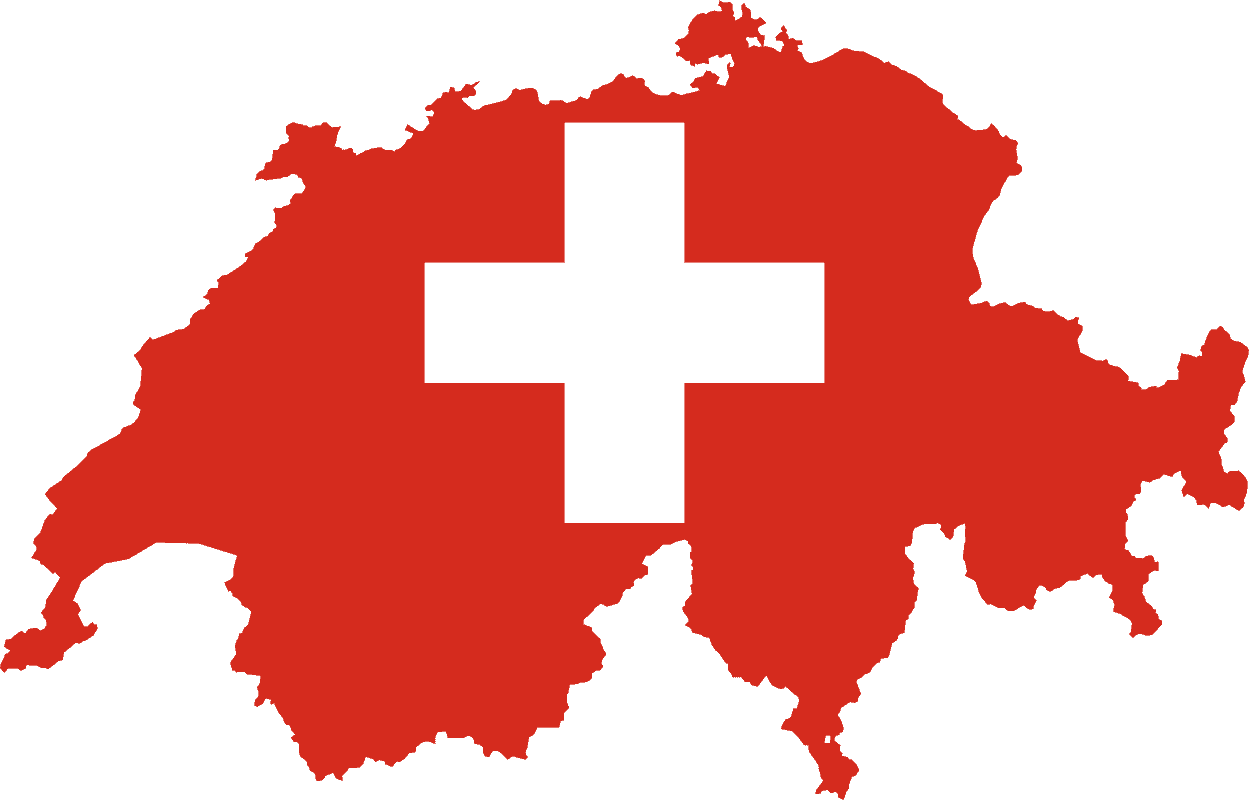
Motto of Switzerland
Unus pro omnibus, omnes pro uno - "One for all, all for one"
National animal of Switzerland
The National animal of Switzerland is Cow (unofficial)
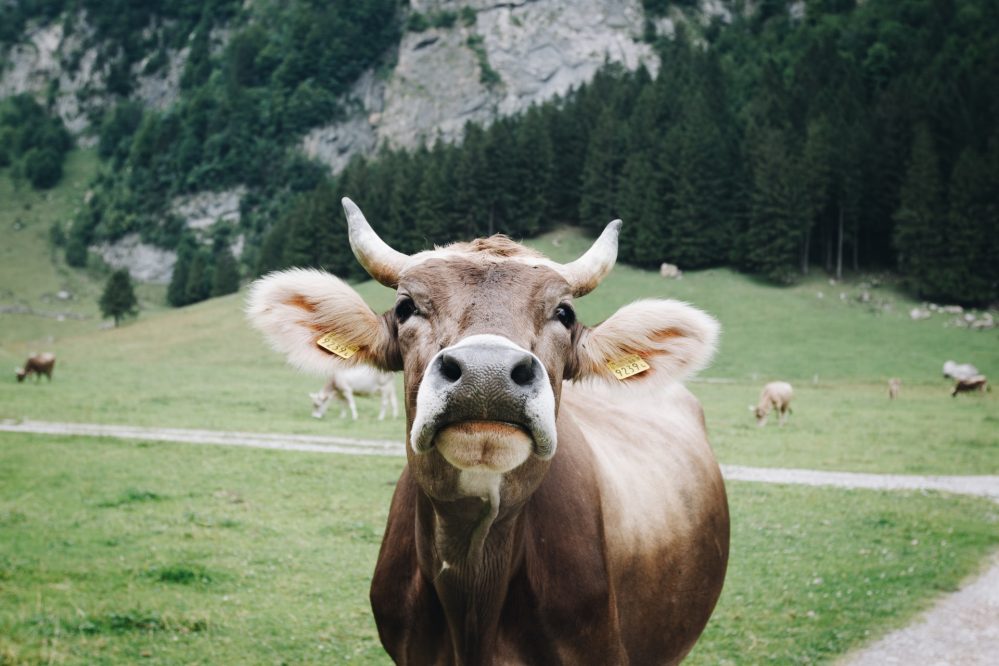
National flower of Switzerland
The National flower of Switzerland is Edelweiss. Botanical name is Leontopodium nivale.

National bird of Switzerland
The National bird of Switzerland is Not Declared
Rest of the National symbols of Switzerland 👇
-
FounderUlrich Ochsenbein
-
National dishRösti
-
National danceGauerler
-
National dressDirndls
-
National monumentMonument National
-
National anthemView Anthem
-
National fruitNot Declared
-
National drinkAbsinthe
-
National colorsRed and white
-
National sportsSkiing
-
National treeNot Declared
-
National poetGottfried Keller and Carl Spitteler
-
National mausoleumBrunswick Monument
-
National archivesSwiss Federal Archives
-
National museumSwiss National Library
-
National librarySwiss National Library
-
Central BankSwiss National Bank
-
Highest peakMonte Rosa
-
National football teamSUI
-
Tourism sloganGet Natural
-
Emoji flag????????
-
National airlineSwiss International Air Lines
-
National instrumentAlphorn
-
National heroWilhelm Tell
-
PresidentGuy Parmelin
-
Olympics CommitteeSwiss Olympic Association
-
PassportPassport of Switzerland
-
Mythical CreatureDragon
Neighbouring countries of Switzerland
Swiss Proverbs - Popular quotes, proverbs and sayings.
Little strokes fell great oaks. At the bottom of the sack you will find the bill. Words are dwarfs, deeds are giants. When a neighbour gets divorced everyone thinks of his own wife. What the farmer doesn’t know, he will not eat. Sometimes you have to be silent in order to be heard. The devil hides himself in details. What good is a golden gallows if they are going to hang you. Avoid those who don’t like bread and children. Luck is on your path, one takes it, the other passes by it. Mountains and valleys stand firm but people meet. The tongue is the worst piece of meat in the world.
